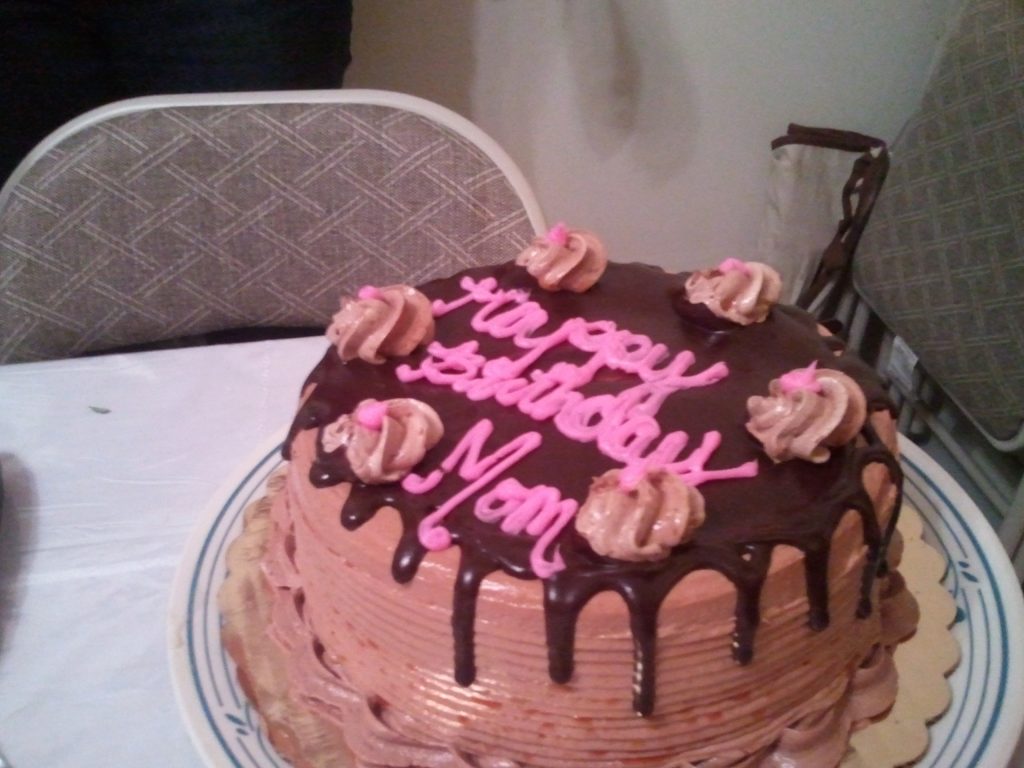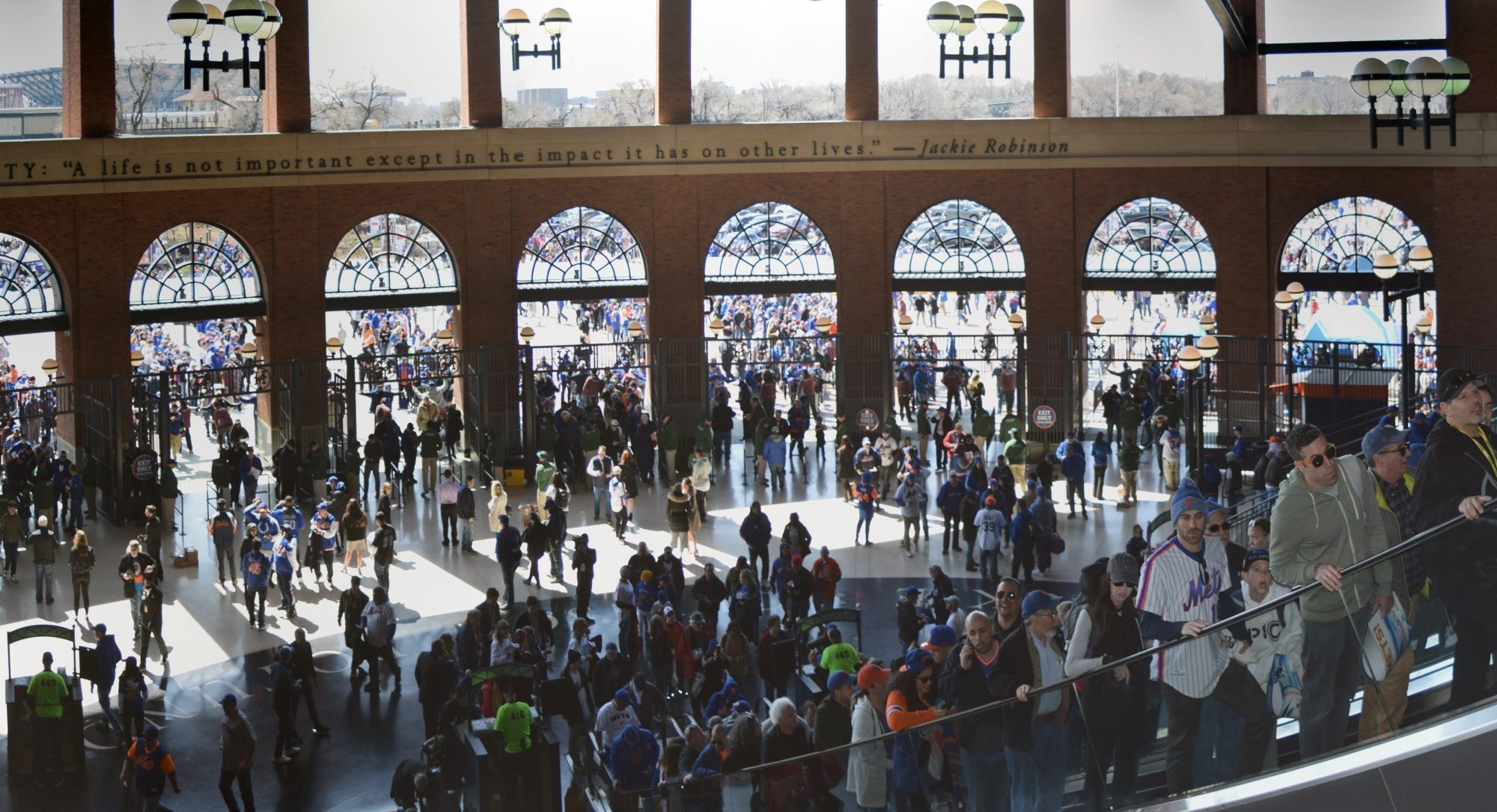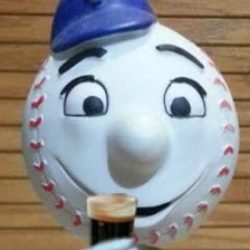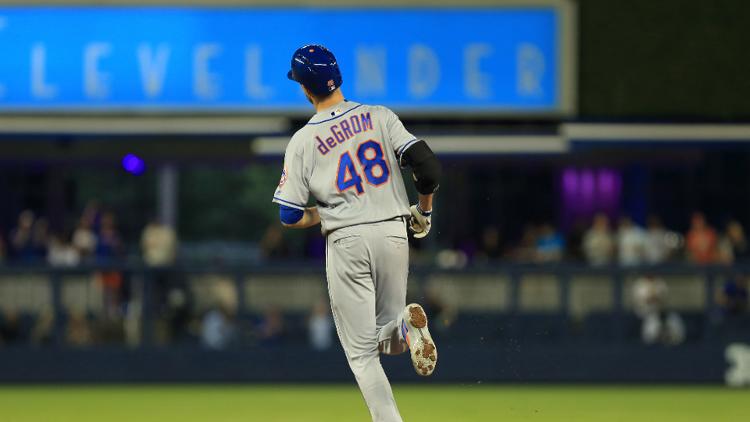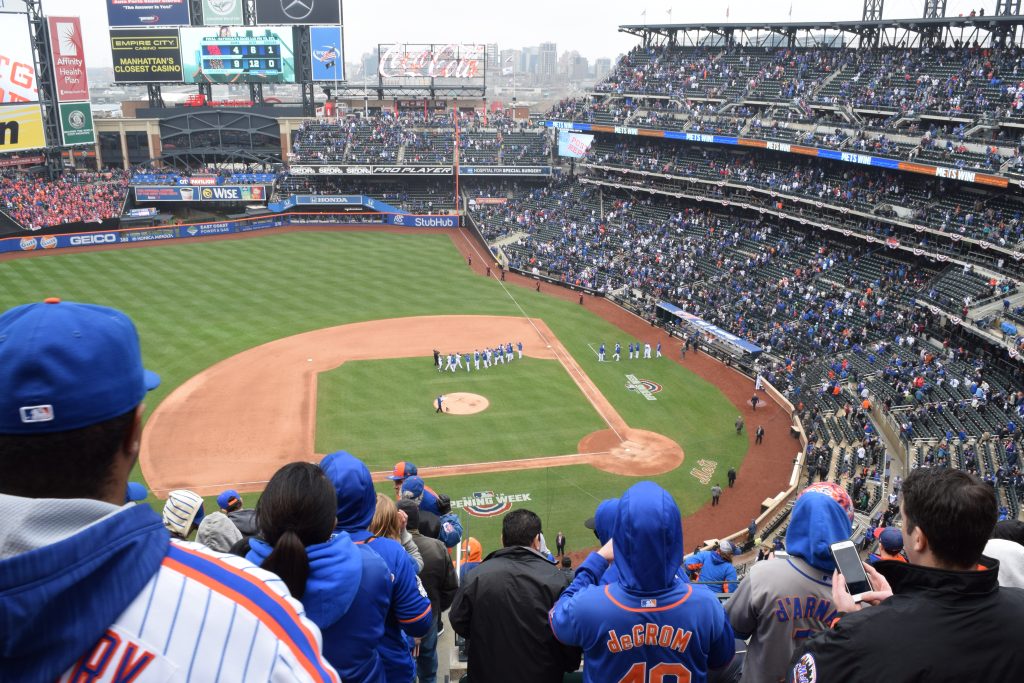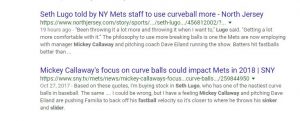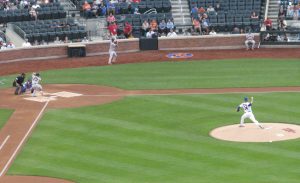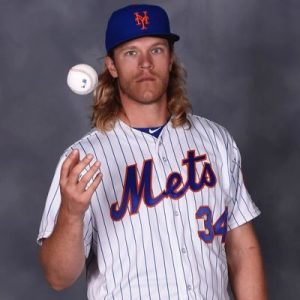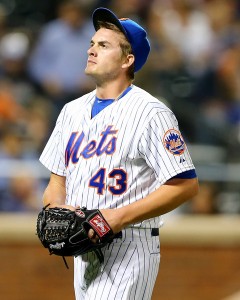 There’s a lot of talk about what the Mets should or shouldn’t be doing this offseason. Relievers are a popular request. That makes sense as no team ever has enough relievers and with a possible suspension to Familia, the Mets could certainly benefit from another quality arm or two.
There’s a lot of talk about what the Mets should or shouldn’t be doing this offseason. Relievers are a popular request. That makes sense as no team ever has enough relievers and with a possible suspension to Familia, the Mets could certainly benefit from another quality arm or two.
Still, it’s January and relievers are volatile. The top relievers from one year are sometimes complete unknowns the year before, and guys fall off cliffs fast. Relievers get so few innings that sometimes the stats can be misleading as the samples size is small. We’ve all seen the Mets give significant deals to relievers only to have them be sub-par, whereas random minor league deals turn out big dividends.
So, where did last year’s playoff teams get their best relievers, by fWAR? All these teams, which include the Mets, were in the position the Mets are in right now–trying to find the final pieces for a championship. So did they go out and sign high price relievers, promote from within, make trades, 3D print them or get them from Earth 2?
Mets
Addison Reed was their best reliever.
Acquired August 30th, 2015 for Miller Diaz (minors) and Matt Koch.
Do you remember Diaz or Koch? Have you heard about them since? Probably not. This was the stretch run pick up for 2015 that worked out, and the Mets kept him around.
Jeurys Familia was the second-best reliever, and he was drafted by the Mets as a starter and converted.
Cubs
Aroldis Chapman
Trade with Yankees on July 27th.
Their best reliever was literally only on the team two months.
Pedro Strop
Came over in the Arrieta deal from Cleveland in July 2013.
Strop was a nice reliever they’ve had for years who really flourished in Chicago.
Indians
Dan Otero
They got Otero last offseason, on December 18th, for cash from the Phillies. He was an under-control guy not yet in arbitration.
Otero pitched great for them but there is no way they were counting on that. They took a flyer on a guy and it worked.
Andrew Miller
2016 deadline trade with the Yankees.
Another guy that put up great numbers in two months.
Cody Allen
He was drafted by the Indians in 2011.
Allen was a little off in 2016, giving up a lot more home runs than usual, but was still reliable.
Red Sox
Craig Kimbrel
They grabbed Kimbrel last offseason, 11/31/2015, from the Padres.
Kimbrel had a sizable contract through 2017 with a 2018 option so this fits the ‘pay for a big name’ model, and the Red Sox gave up quite a few prospects for this as well. Kimbrel was still very good, but his ERA rose, as did his walk rate. His ground ball percentage dropped. Was it worth the expense? Hard to say.
Brad Ziegler
7/9/2016 trade with Arizona.
Over the full season, Ziegler was better than Kimbrel. The Red Sox used him and let him walk in free agency, where he went to Miami.
Blue Jays
Roberto Osuna
Signed as 16 year old in 2011.
Basically a prospect they brought up through their system.
Joe Biagini
Rule 5 pick from Giants last offseason.
Biagini was mostly an unexceptional AA guy the previous year but the Blue Jays must have saw something they could work with. They got good value from him despite a sub-par strikeout rate.
Joaquin Benoit
7/26/16 trade with Mariners.
Benoit was garbage with Seattle and the Blue Jays got him for Drew Storen, who was garbage with the Blue Jays. Storen pitched alright with the Mariners, but Benoit was amazing for the Jays before getting hurt just before the playoffs. He pitched 23.2 innings and allowed one run. One. Benoit has been a good reliever for a while, but he did turn 39 on the day of this trade so it’s easy to see where he might just have been done, instead he was key in getting the Blue Jays to the postseason. The Phillies signed him for a one year and nearly eight million after the season.
Orioles
Zach Britton
Drafted 2006
Britton had an absurdly good year, and should get into that Wild Card game any moment now.
Brad Brach
11/25/2013 trade with the Padres.
Brach is a pre-Free Agent. He was pretty good in previous years but really stepped up last year.
Rangers
Matt Bush
Signed to Minor league deal on 12/18/2015
Bush is a unique case as personal issues and jail time kept him away from the game after being drafted in 2004. The Rangers gave him a chance, and he started in the minors, succeeded, and was promoted.
Sam Dyson
7/31/2015 with Marlins
2015 deadline deal and 2016 closer for the Rangers. 2017 is his first arbitration year.
Giants
Derek Law
Drafted 2011
Major League debut in 2016, and he pitched well.
Hunter Strickland
Signed off waivers from Pirates in April 2013
Giants grabbed Strickland in 2013 after the Pirates gave up on the 24 year old in AA, sent him down a level, and managed to turn him into a useful pitcher.
Dodgers
Kenley Jansen
Drafted 2004
Jansen has been a solid Dodgers reliever for years. They just re-signed him to a long 5/$80 deal with an opt-out.
Joe Blanton
1/19/16 for 4mm off first year of relief.
Back end rotation guy turned reliever with the Royals and Pirates in 2015 got a $4 million dollar deal with the Dodgers and pitched pretty well as he now strikes out a lot more batters. He remains unsigned for 2017.
Adam Liberatore
11/20/2014 trade with Rays
Came over with Joel Peralta. Wasn’t great in 2015 but improved for 2016. Had surgery this offseason but he’s still pre-arb.
Nationals
Shawn Kelley
3 year deal signed on 12/11/2015
Kelley’s one of the few free agent signings on this list. He’s on a relatively inexpensive 3/$15 deal that has already paid off through a successful 2016 with the Nats. He had a career high K/9 rate as well as a career low BB/9, though hitting the zone that much seems to have led to a few more home runs.
Mark Melancon
7/30/16 trade with Pirates
Melancon pitched really well for the Nationals down the stretch and then left for the Giants and a 4/$62 deal.
How about previous Mets teams?
2014-2015 Jeurys Familia – Drafted
2014 Mejia – Drafted
2013 Parnell – Drafted
2013- Latroy Hawkins – 1/31/2013 minor league deal
2006 – Wagner – FA, Heilman – drafted, Bradford – FA.
Perusing this list leads to the conclusion that it’s hard to determine who your best reliever is going to be in an upcoming season. Many teams acquired a great reliever sometime between the end of the last season and the trade deadline, but it was rarely a heralded free agent.
It seem just as likely that you’ll find a quality reliever as a throw-in for a trade, as a flyer on the waiver wire, or simply in your own minor league system. It could be a minor league free agent that you had no real expectations of. Additionally, plenty of the major league free agent relievers signed did not end up pitching in the playoffs or even pitch that well. Antonio Bastardo, Joakim Soria, Tony Sipp, Tyler Clippard to name a few.
So there’s every chance that the Mets minor league signings of Ben Rowen and Cory Burns could pay dividends. We certainly shouldn’t dismiss them out of hand. Sandy Alderson has been pretty active over the playoff seasons with moving smaller pieces around and I wouldn’t be surprised to see a few more relievers show up by the time the season really gets going. Or maybe the Mets starters all stay healthy and someone like Wheeler or Lugo gets some quality time in as a reliever.
